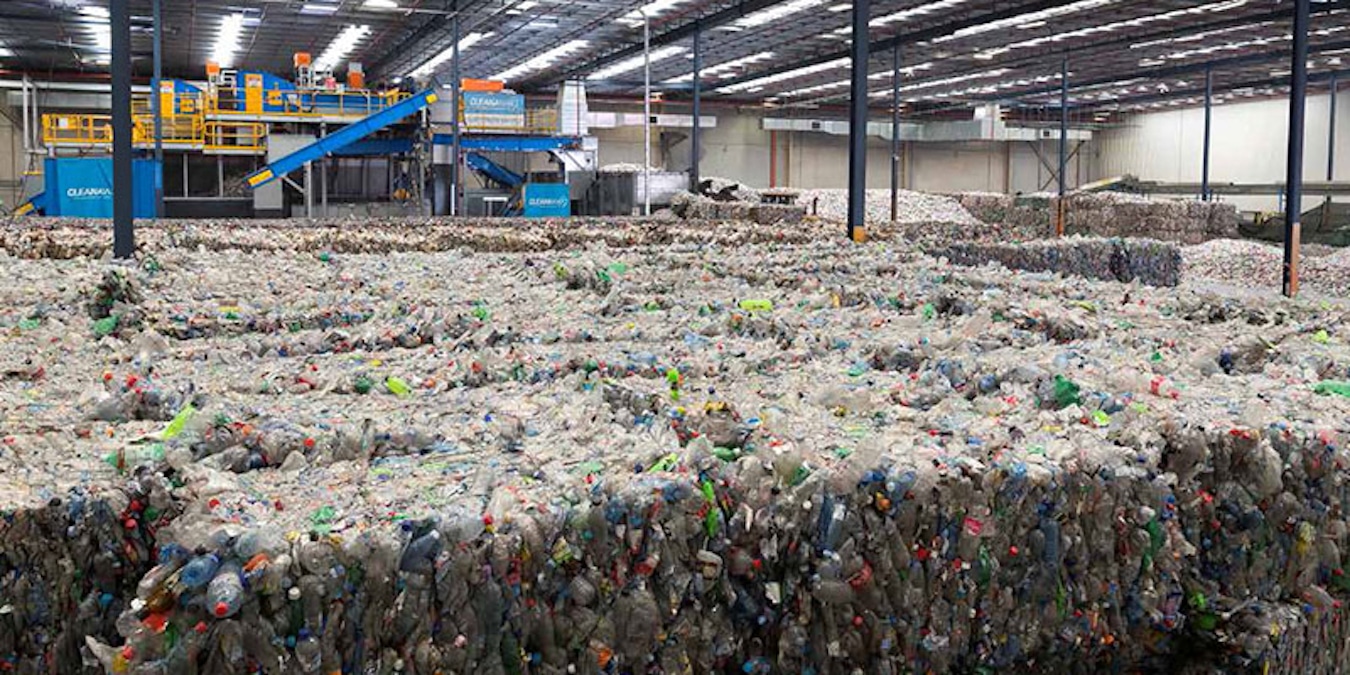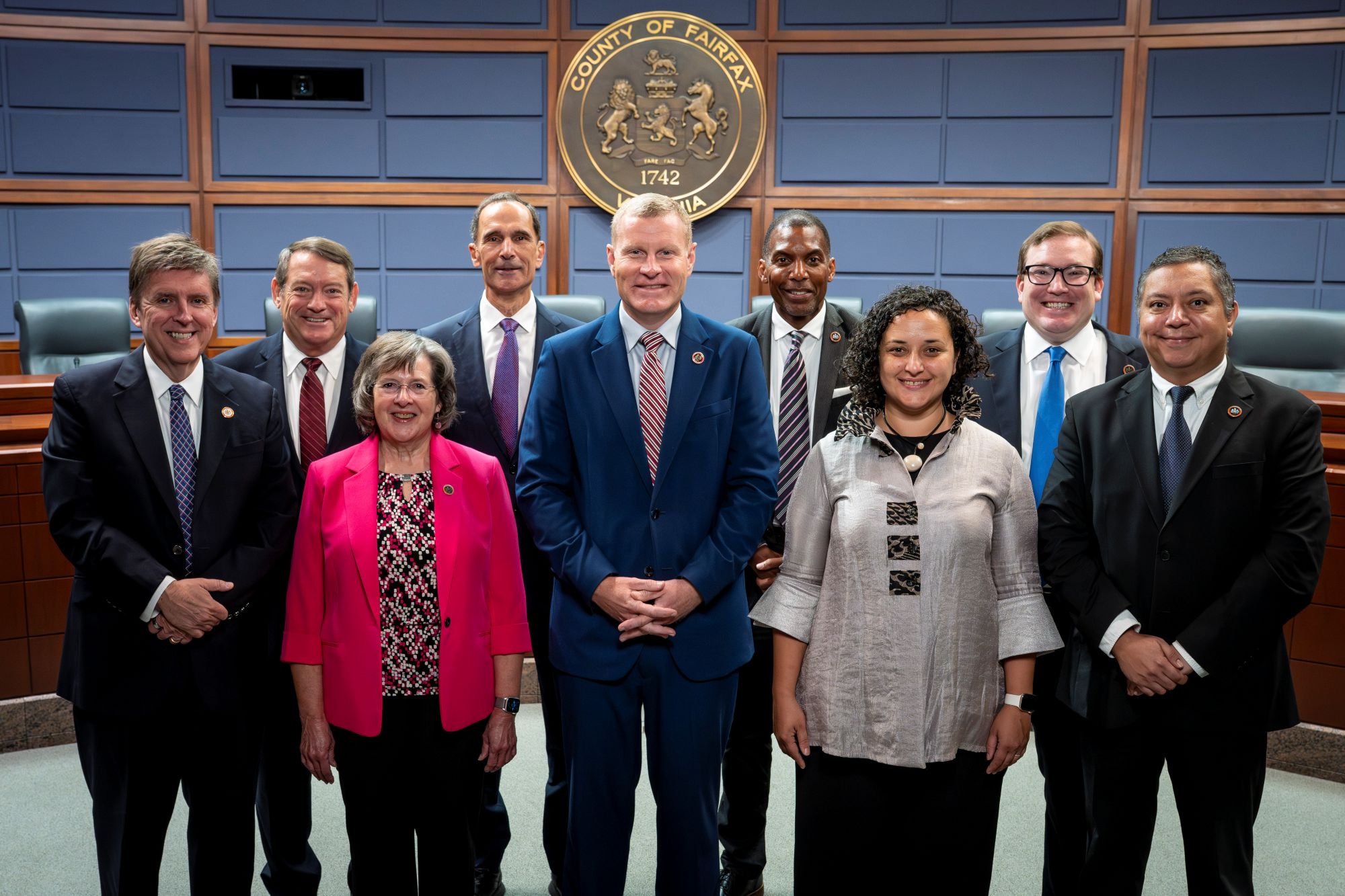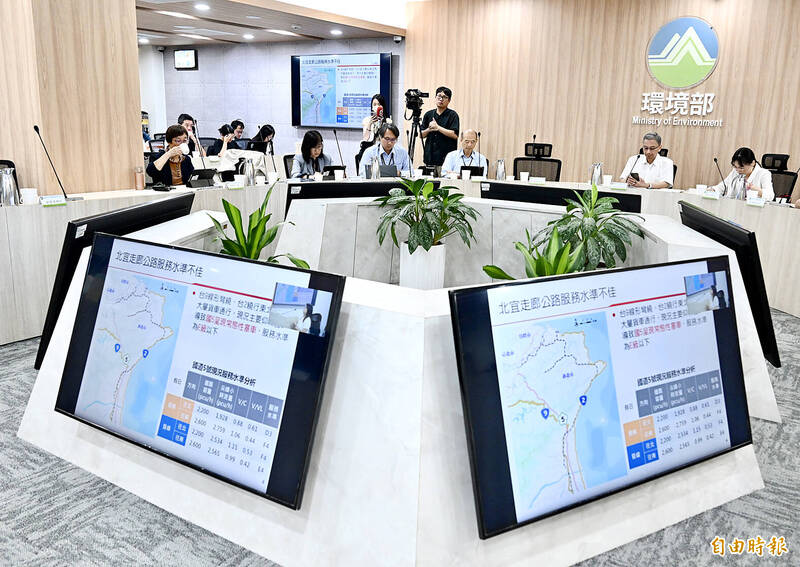Report on Australia’s Soft Plastic Waste Crisis and Alignment with Sustainable Development Goals
Executive Summary
Two years after the collapse of the REDcycle program, Australia faces a significant challenge in managing soft plastic waste, fundamentally undermining its progress towards key Sustainable Development Goals (SDGs). An estimated 94% of soft plastics are directed to landfill, indicating a critical failure in achieving SDG 12 (Responsible Consumption and Production). This report analyzes the current state of soft plastic recycling, identifies systemic barriers, and outlines pathways forward that align with a circular economy model and international sustainability commitments.
Current State of Soft Plastic Management
Collection and Recycling Rates vs. National Targets
Australia’s capacity to manage soft plastic waste remains critically insufficient, directly impeding the achievement of SDG 11.6 (reduce the environmental impact of cities through waste management) and SDG 12.5 (substantially reduce waste generation).
- Landfill Dominance: The vast majority (94%) of post-consumer soft plastics are sent to landfill.
- Production Volume: Australia produces approximately 538,000 tonnes of flexible plastic waste annually.
- Recycling Failure: Only 6% of used soft plastics are processed for recycling, a stark contrast to the national target of 70% by 2025.
- Limited Collection: While collection has resumed at over 100 supermarket locations, efforts are intentionally limited to match the minimal domestic processing capacity, highlighting a major infrastructure gap contrary to the aims of SDG 9 (Industry, Innovation, and Infrastructure).
Legacy Stockpile Management
The management of stockpiles accumulated prior to REDcycle’s collapse illustrates the scale of the crisis. Of the 11,000 tonnes stockpiled across 44 sites, 3,500 tonnes remain, with a processing target set for the first half of 2026. This situation underscores the environmental liability created by production patterns that are not aligned with SDG 12.
Systemic Barriers to a Circular Economy for Soft Plastics
Economic and Design Flaws
The primary obstacles to effective soft plastic recycling are rooted in fundamental economic and design issues that prevent the realization of a circular economy as envisioned by SDG 12.
- Economic Non-viability: The cost of collecting, sorting, and processing soft plastics currently exceeds the cost of importing virgin materials. This broken economic model discourages investment in the recycling infrastructure needed for SDG 9.
- Complex Product Design: Many soft plastics, particularly food packaging, are made from multiple layers of different materials and are contaminated with inks and food residue, making them technically difficult or impossible to recycle efficiently. This is a direct failure of responsible product design under SDG 12.
- Lack of Market Demand: A critical “chicken and egg” problem persists where there is insufficient demand for products made from recycled soft plastic content. This lack of “pull-through” from the market means reprocessed materials have no viable end-use, stalling the entire circular process.
Pathways Forward: Aligning with Sustainable Development Goals
Implementing Extended Producer Responsibility (EPR)
Expert consensus points towards regulation and Extended Producer Responsibility (EPR) as the most effective solution. This approach directly supports SDG 12.6, which encourages companies to adopt sustainable practices and integrate sustainability information into their reporting cycle.
- A federal government consultation revealed that 80% of stakeholders support regulation, with 65% specifically endorsing an EPR scheme.
- An EPR framework would make producers financially and operationally responsible for the entire lifecycle of their packaging, incentivizing investment in collection and recycling infrastructure (SDG 9) and designing for recyclability (SDG 12).
Policy Levers and Multi-Stakeholder Partnerships
Achieving a sustainable system requires a coordinated effort, reflecting the principles of SDG 17 (Partnerships for the Goals). Voluntary measures have proven insufficient, necessitating government intervention.
Recommended Actions:
- Enforceable Design Standards: Mandate that products placed on the market are designed to be recyclable within Australia’s infrastructure.
- Mandated Recycled Content: Create market demand by requiring a certain percentage of recycled content in new products and packaging.
- Government and Corporate Procurement: Use federal and state purchasing power to support and create stable markets for Australian-made recycled products.
By shifting the onus from consumers to producers and implementing robust, enforceable regulations, Australia can address its soft plastics crisis, mitigate environmental harm to land and water (SDG 14 and SDG 15), and make meaningful progress towards its commitments under the Sustainable Development Goals.
SDGs Addressed in the Article
-
SDG 12: Responsible Consumption and Production
This goal is central to the article, which focuses on the lifecycle of soft plastics, from overconsumption to waste generation and the failure of recycling systems. The text explicitly discusses the need to reduce waste, improve recycling, and hold producers responsible for the materials they put on the market. It highlights unsustainable patterns, such as producing “packaging that is too complex to recover” and the lack of demand for recycled materials, directly addressing the core principles of SDG 12.
-
SDG 9: Industry, Innovation and Infrastructure
The article directly connects to this goal by highlighting the critical lack of infrastructure for recycling soft plastics in Australia. It points out that “there is simply not enough soft plastic recycling capacity in Australia” and calls for investment in new facilities. The discussion on developing “recycling infrastructure capable of turning large volumes of soft plastic waste into a usable material” and the need for innovation to handle complex materials aligns with the goal of building resilient and sustainable infrastructure.
-
SDG 11: Sustainable Cities and Communities
This goal is relevant through its focus on municipal waste management. The article states that “94% of Australia’s soft plastics are still headed for landfill,” which is a major challenge for waste management in urban and community settings. The collection schemes at supermarkets (Woolworths, Coles, Aldi) are examples of municipal-level waste collection efforts. The failure to manage this waste stream effectively increases the environmental impact of cities and communities, a key concern of SDG 11.
Specific SDG Targets Identified
-
SDG 12: Responsible Consumption and Production
-
Target 12.5: By 2030, substantially reduce waste generation through prevention, reduction, recycling and reuse.
The article is fundamentally about the failure to meet this target for soft plastics. It notes that despite collection efforts, “94% of Australia’s soft plastics are still headed for landfill.” It also mentions Australia’s national target “for 70% of plastic packaging to be recycled by 2025,” which has been missed, with the actual rate being “only about 6%.” The entire discussion revolves around improving recycling and reducing the amount of plastic waste that is discarded.
-
Target 12.4: By 2020, achieve the environmentally sound management of chemicals and all wastes throughout their life cycle… and significantly reduce their release to air, water and soil to minimize their adverse impacts on human health and the environment.
The stockpiling of “11,000 tonnes of soft plastics at 44 sites” and the fact that the vast majority ends up in landfill demonstrates a failure in the “environmentally sound management” of this waste stream. The article also mentions the need for producers to be “responsible for the material’s entire lifecycle,” which is the core concept of this target.
-
-
SDG 9: Industry, Innovation and Infrastructure
-
Target 9.4: By 2030, upgrade infrastructure and retrofit industries to make them sustainable, with increased resource-use efficiency and greater adoption of clean and environmentally sound technologies and processes.
This target is addressed by the article’s repeated emphasis on the infrastructure gap. The statement that “The biggest challenge still remains that there is simply not enough soft plastic recycling capacity in Australia” is a direct reference to this. The call for plastic manufacturers to “invest in facilities to take back their own material” and the need to develop “recycling infrastructure capable of turning large volumes of soft plastic waste” points to the necessity of upgrading industrial capacity to achieve sustainability.
-
-
SDG 11: Sustainable Cities and Communities
-
Target 11.6: By 2030, reduce the adverse per capita environmental impact of cities, including by paying special attention to… municipal and other waste management.
The article’s focus on household-collected consumer plastics (“frozen produce bags, cereal liners or bread bags”) and their disposal in landfills directly relates to municipal waste management. The statistic that “94% of Australia’s soft plastics are still headed for landfill” is a clear measure of the adverse environmental impact from improperly managed municipal waste, which this target aims to reduce.
-
Indicators for Measuring Progress
-
Indicators for SDG 12 (Target 12.5)
-
National recycling rate and amount of material recycled (Indicator 12.5.1)
The article provides several explicit data points that serve as indicators:
- The percentage of soft plastics sent to landfill: “94% of Australia’s soft plastics are still headed for landfill.”
- The percentage of soft plastics recycled: “only about 6% of used and discarded soft plastics were being… turned into new products.”
- Total annual generation of soft plastic waste: “538,000 tonnes of plastic bags, food wrappers, bubble wrap and other “flexible” plastic waste produced in Australia each year.”
- A specific national goal that can be tracked: “national packaging targets… for 70% of plastic packaging to be recycled by 2025.”
-
-
Indicators for SDG 9 (Target 9.4)
-
National soft plastic recycling capacity (tonnes/year)
While not given a specific number, this is a strongly implied indicator. The article states there is “simply not enough soft plastic recycling capacity” and that collection schemes must be limited so as not to “collect more than can be processed.” Progress towards Target 9.4 would be measured by the increase in this processing capacity, moving from the current insufficient level to one that can handle nationwide collections.
-
-
Indicators for SDG 11 (Target 11.6)
-
Proportion of municipal solid waste that is not recycled (specifically for soft plastics)
This is directly stated in the article. The fact that 94% of soft plastics, a significant component of household and commercial waste, ends up in landfill is a direct indicator of the effectiveness of municipal waste management systems. Tracking this percentage over time would measure progress towards reducing the environmental impact of cities.
-
Summary of SDGs, Targets, and Indicators
| SDGs | Targets | Indicators Identified in the Article |
|---|---|---|
| SDG 12: Responsible Consumption and Production |
12.5: Substantially reduce waste generation through prevention, reduction, recycling and reuse.
12.4: Achieve the environmentally sound management of all wastes throughout their life cycle. |
|
| SDG 9: Industry, Innovation and Infrastructure | 9.4: Upgrade infrastructure and retrofit industries to make them sustainable. |
|
| SDG 11: Sustainable Cities and Communities | 11.6: Reduce the adverse per capita environmental impact of cities, paying special attention to municipal waste management. |
|
Source: theguardian.com






